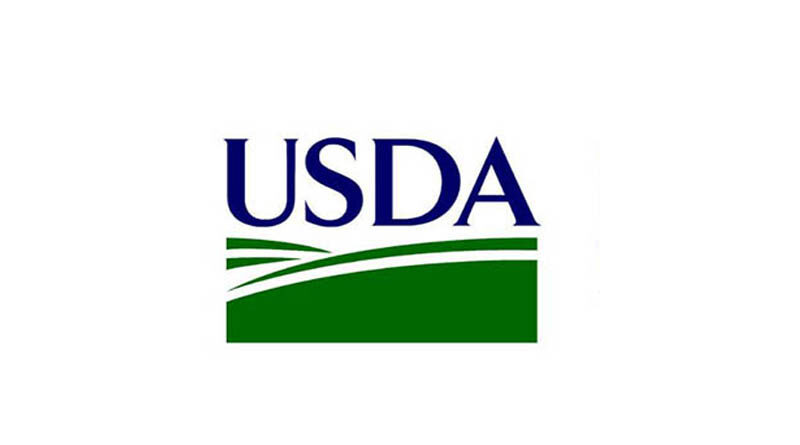USDA Celebrates 75 Years of Research Contributions Achieved at the Knipling
10 October 2021, Texas: U.S. Department of Agriculture’s (USDA) Agricultural Research Service (ARS) celebrated today the 75th anniversary of the Knipling-Bushland U.S. Livestock Insects Research Laboratory and its historical contributions to the livestock industry and scientific community.
For 75 years, scientists and supporting staff of the Knipling-Bushland U.S. Livestock Insects Research Laboratory have provided invaluable expertise and research in the field of veterinary entomology in support of ARS National Programs-Food Animal Production, Animal Health, Veterinary, Medical and Urban Entomology, and Food Safety.
ARS Administrator Dr. Chavonda Jacobs-Young and Congressman Chip Roy provided remarks during the event and highlighted the laboratory’s many contributions, including innovative ways to control and eliminate invasive pests on livestock, such as ticks, the New World Screwworm, and blood-feeding flies. In addition, scientists’ research on the improvement of genotyping (comparison of the genetic material of organisms), development of diagnostic techniques to combat pesticide resistance, and genome sequencing, can be used to target livestock pest vulnerabilities.
“We are so fortunate that scientists in Kerrville and throughout the Agricultural Research Service continue to pioneer investigations to address agricultural challenges and ensure farmers and ranchers have the tools and knowledge they need to protect the health and welfare of their livestock,” Dr. Chavonda Jacobs-Young said during the ceremony.
The laboratory (formerly known as the U.S. Livestock Insect Laboratory) was first established in 1946 at the Schwethelm ranch in Kerr County, Texas, from a consolidation of three other laboratories working on screwworm research (Dallas, Uvalde, and Menard). It moved to its current location in Kerrville in 1963. It was not until years later (1988) that it was rededicated and renamed in honor of two ARS scientists, Dr. Edward F. Knipling and Dr. Raymond C. Bushland.
“Knipling and Bushland made a mark in science history with a technique that controlled and led to the eradication of screwworm flies in the United States,” said Kim Lohmeyer, research leader and acting laboratory director. “Their Sterile Insect Technique is still being used today to eradicate screwworms from Central America and has been used successfully to control other important insect pests such as Mediterranean fruit flies, tse tse flies, mosquitoes, and pink bollworms.”
Over the years, the laboratory has collaborated with a diverse group of organizations, universities, beef commodity interest groups, and federal and state government agencies.
The research results also provide stakeholders with innovative control technologies that include acaricides and treatments to mitigate ticks on cattle and wildlife, which are used successfully by the Veterinary Services of USDA’s Animal and Plant Health Inspection Service (APHIS) in their preventive program for cattle fever ticks. Cattle fever ticks transmit the protozoan that causes bovine babesiosis, which could cause devastating losses to the beef industry if it re-emerges into the United States.
Also Read: Paddy procurement in Haryana is 1,46,509 MT and in Punjab is 1,41,1043 MT
Dr. Jacobs-Young expressed her gratitude with a final remark, “to everyone at Kerrville, thank you for all your hard work in the past 75 years and all you continue to do each day to advance the ARS mission and advance the cause of American agriculture and the public we serve.”
The Agricultural Research Service is the U.S. Department of Agriculture’s chief scientific in-house research agency. Daily, ARS focuses on solutions to agricultural problems affecting America. Each dollar invested in agricultural research results in $17 of economic impact.















